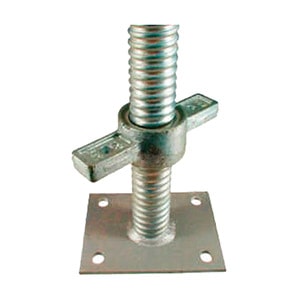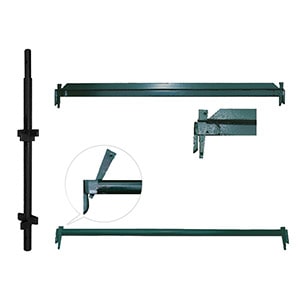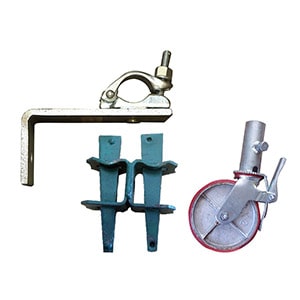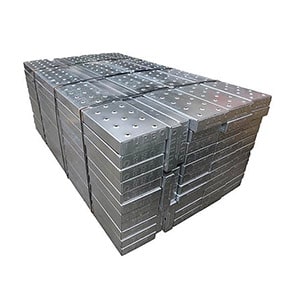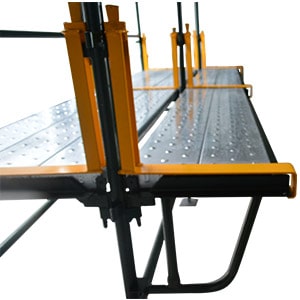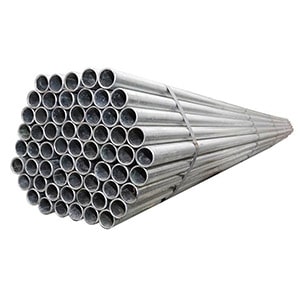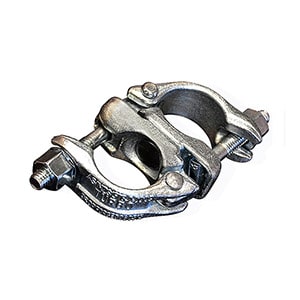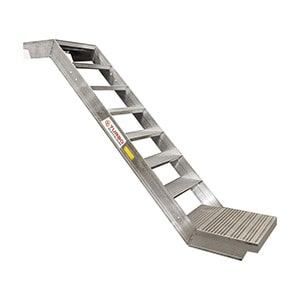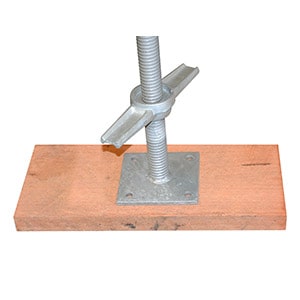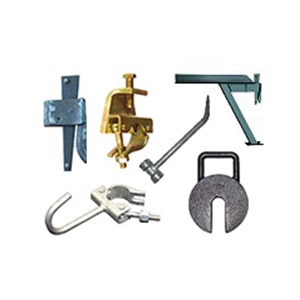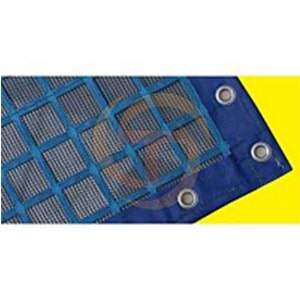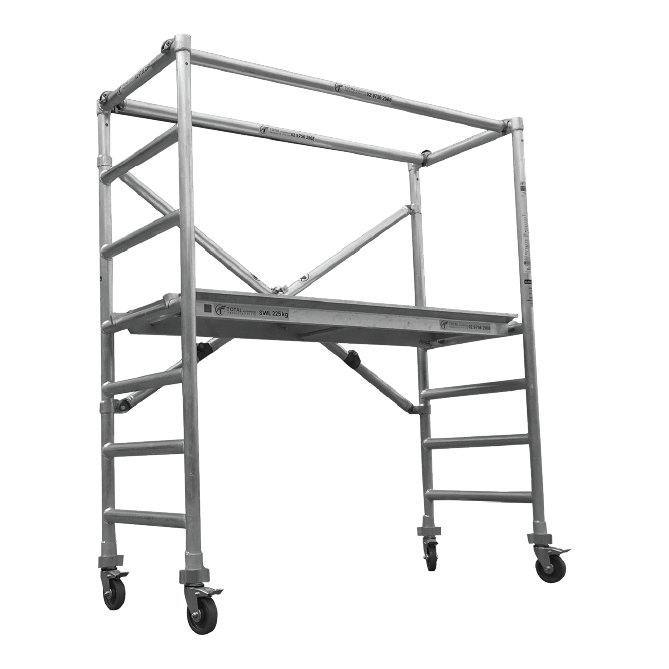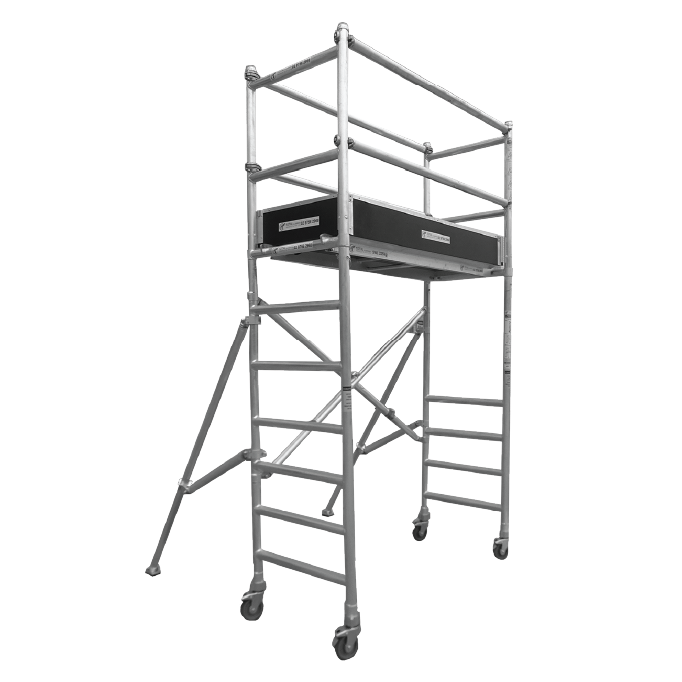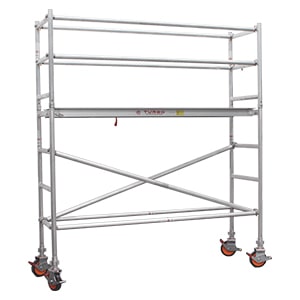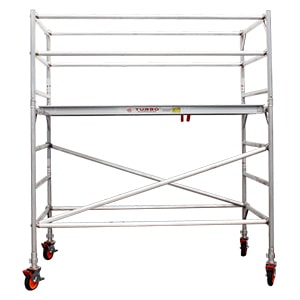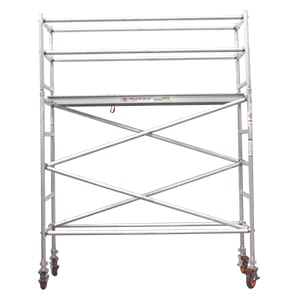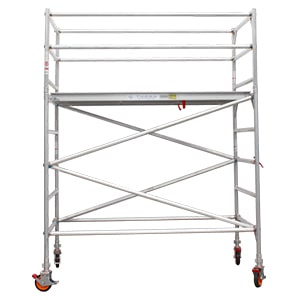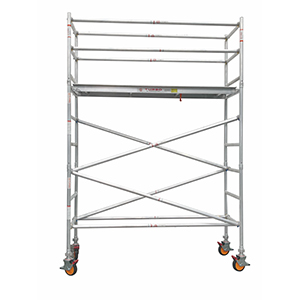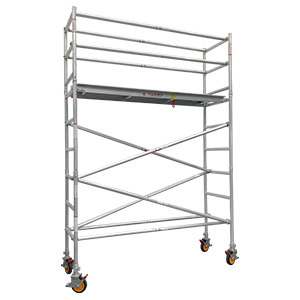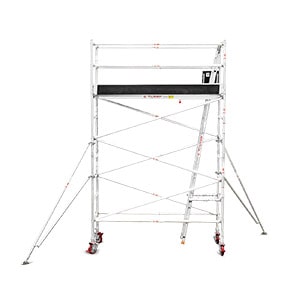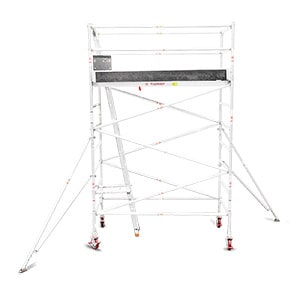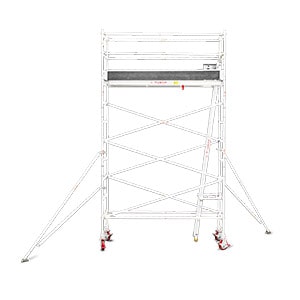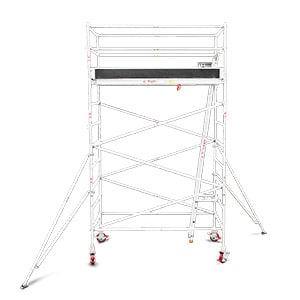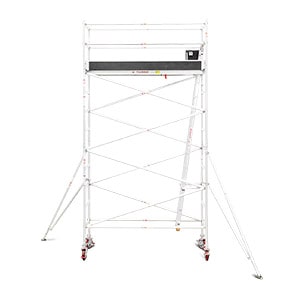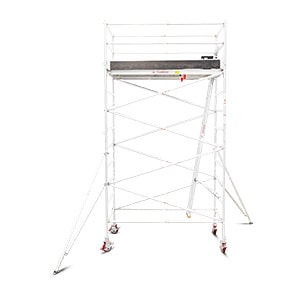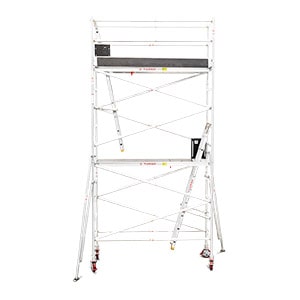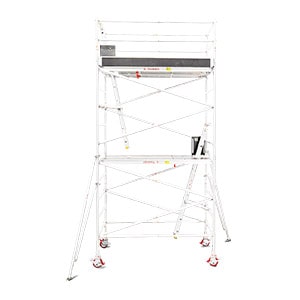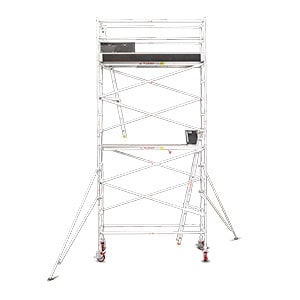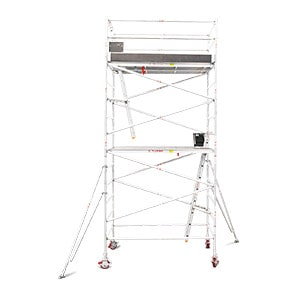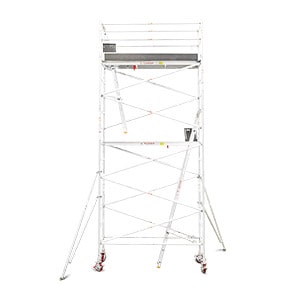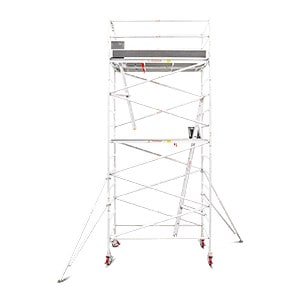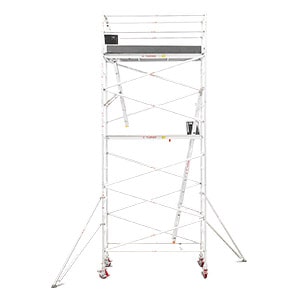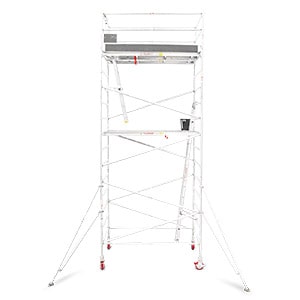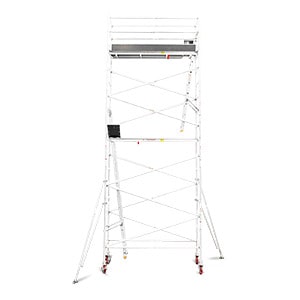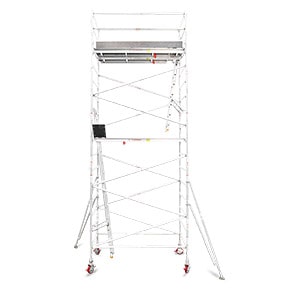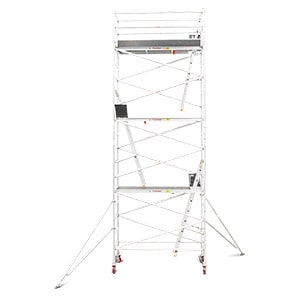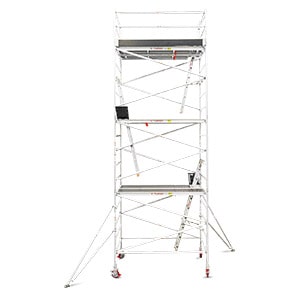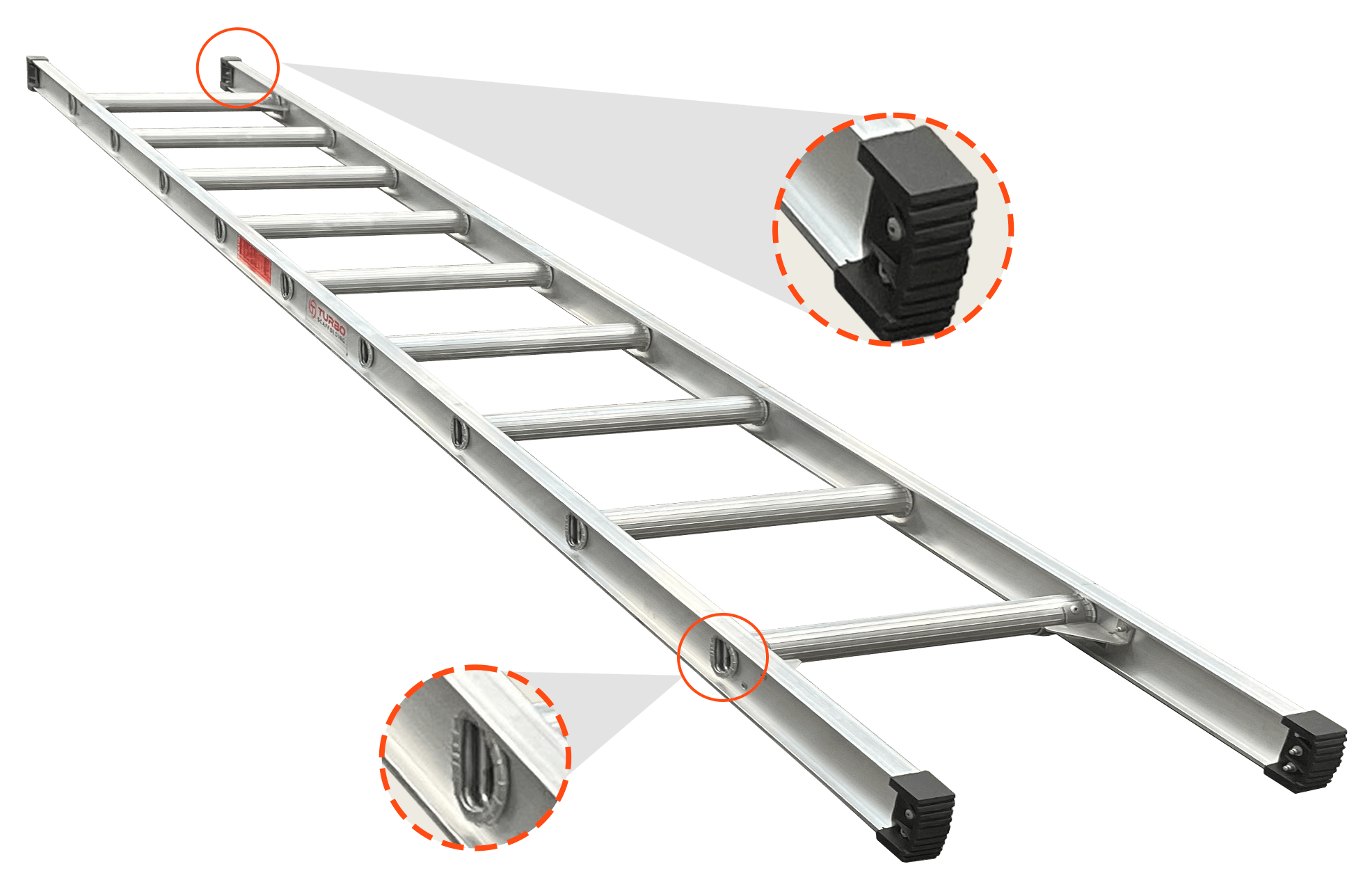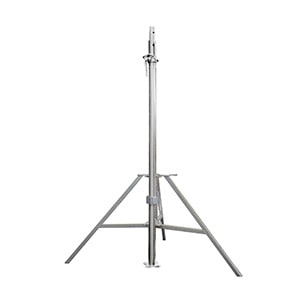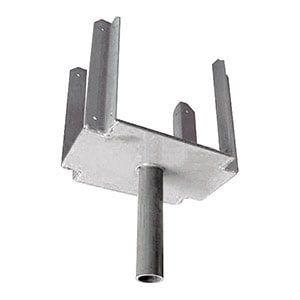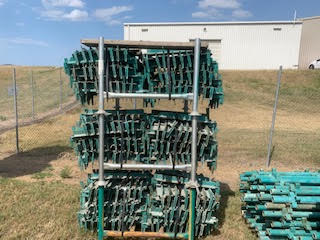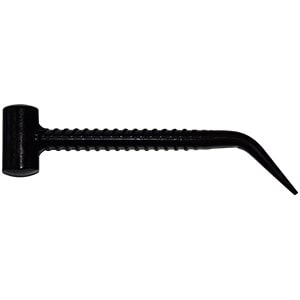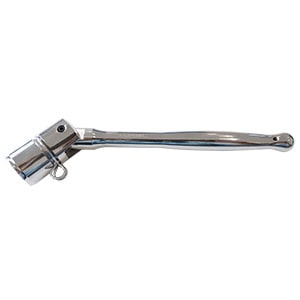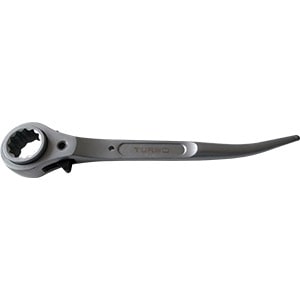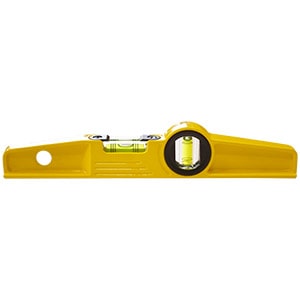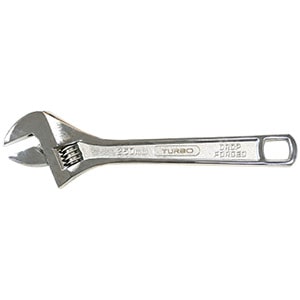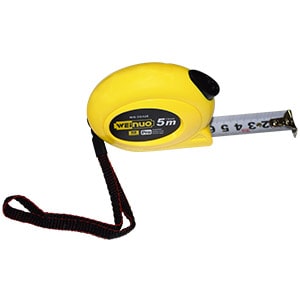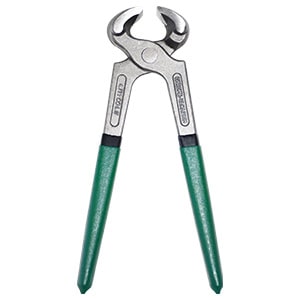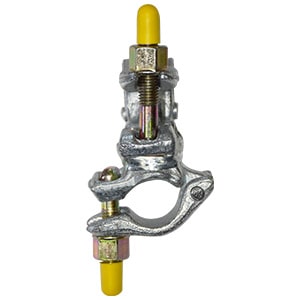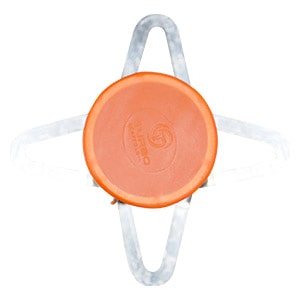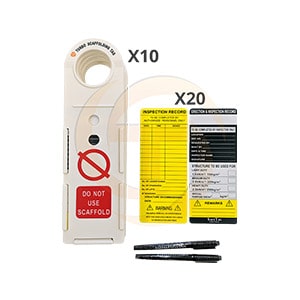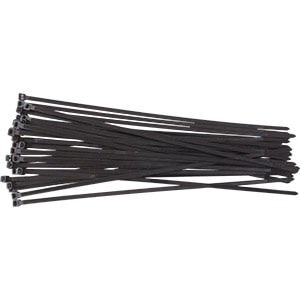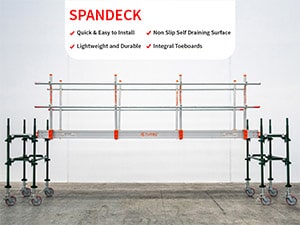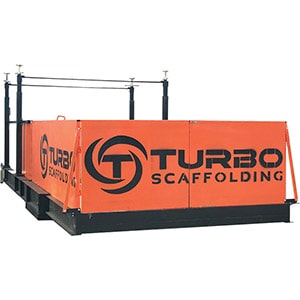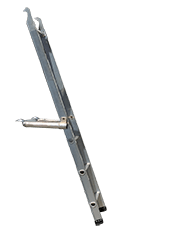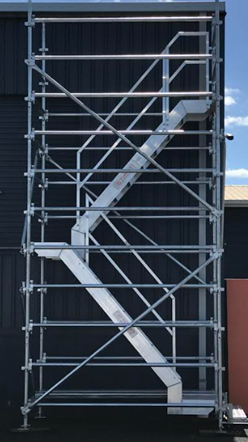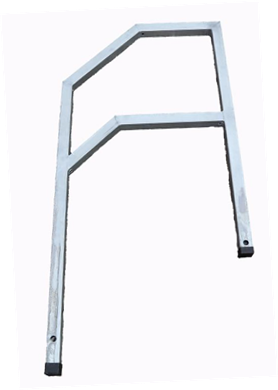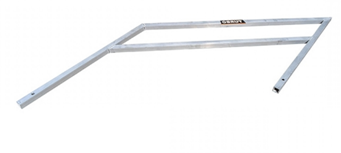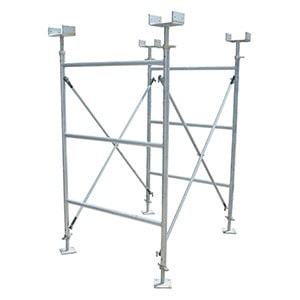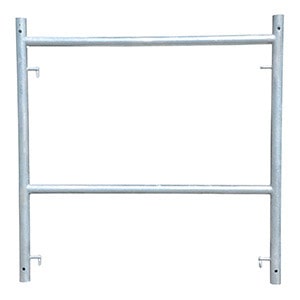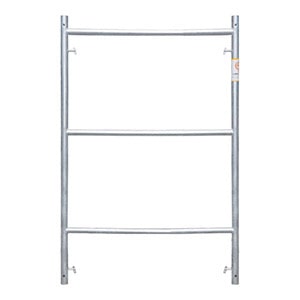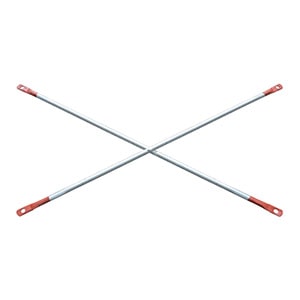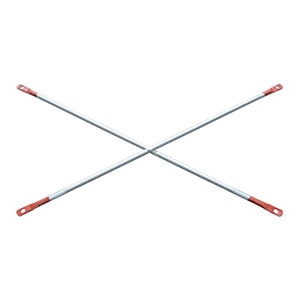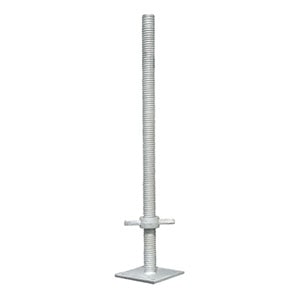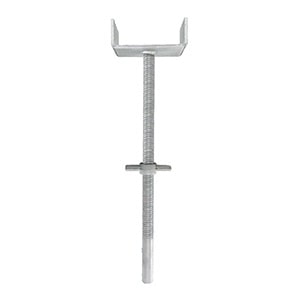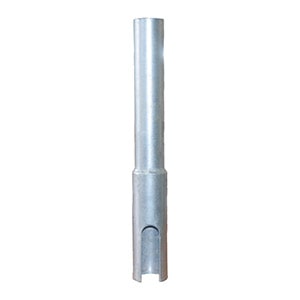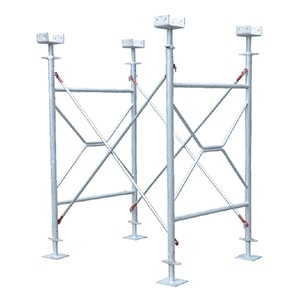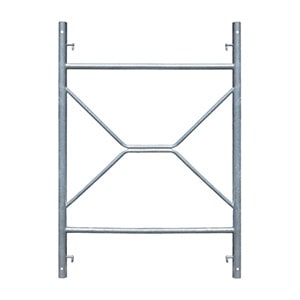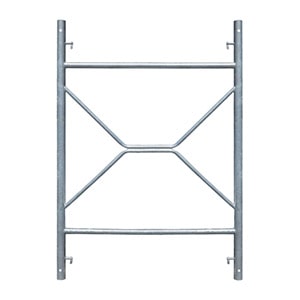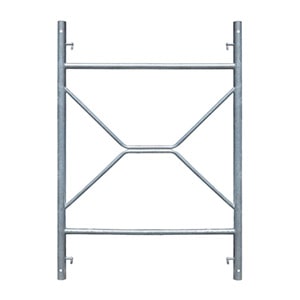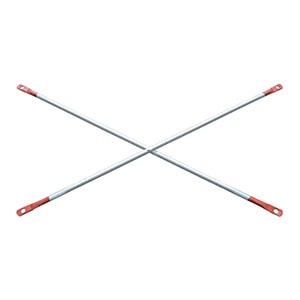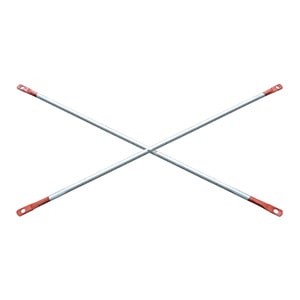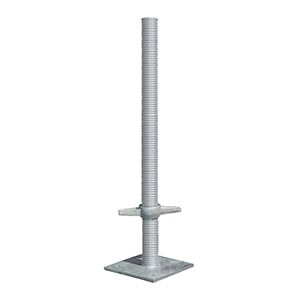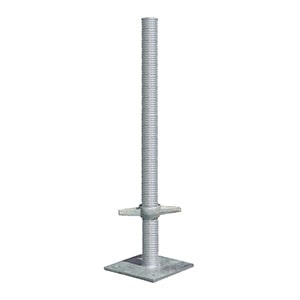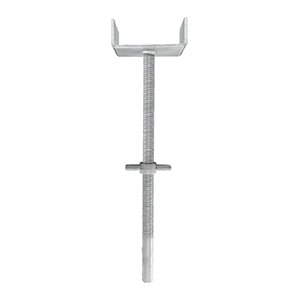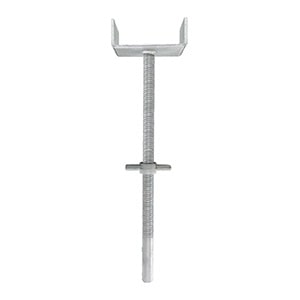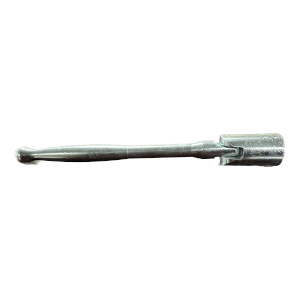Safety does not start with the typical work boots and gloves. From a company standpoint, there is quite a lot to consider, especially when working outdoors and subjecting employees to working at great heights. Before scaffolding can be brought on site, there are certain safety issues that should be considered.
 Safety On The Job
Safety On The Job
The time of year should play a big part in when a job starts and the duration and expectancy for the completion. Weather can wreak havoc on the job site; for instance if it’s raining, climbing and working on the platforms can be slippery. In freezing temperatures, the work hazard is raised significantly. Wind also provides its own safety issues – Platforms are typically designed to include a wind-tie-down (clip), but with constant wind, they can work themselves loose. Wind can also blow construction materials around, knock over equipment and can also become a problem for anyone working at heights. The safest bet for any company is to plan the project around the weather and add time for weather delays.
The location to place scaffolding is very important. Overhead issues should be considered such as utility lines, tree limbs, decks or any other structures. On the ground, stable footing is essential, this means that all four corners need to be level. Sometimes it’s necessary to build a platform for one or more scaffolding jacks. This can be tricky when trying to meet safety regulations but by complying; the company will reduce worker risk. In addition to stable footing, the scaffolding should tie into the building with the use of appropriate safety accessories.
Once the scaffolding is erected and before anyone starts work, safety and no trespassing signs need to be in place. These are essentially small communication placards that tell everyone the type of work being performed and the distance they need to stay away. This is another way to reduce liability and meet safety regulations. A supervisor or manager should demonstrate to the work crew the proper climbing techniques. This should also include a lesson on how to bring items up to the working platform. A tip might be to have a person with a rope at the top drop one end down to the ground, while other places small hand tools or other light items in a bucket – this can be raised slowly – with those on the ground keeping away. The bucket can also be tied to a rung and used for small light debris. Some companies may have to build a trash chute to simplify removing any construction debris from the area above. Either way the materials are removed, jobsite cleanup should happen daily. This prevents debris from being blown around and creates a safer work area.
 There’s an initial expense to ensure every employee has the appropriate personal safety equipment. Depending on the job, the gear can include: roof harnesses, safety line and anchor brackets, work boots, hard hat, ear, eye and breathing protection, work gloves, long pants and long sleeved work shirts. Some companies sell safety items in bulk to provide cost savings. This may help a company provide a supply of items such as work gloves, safety glasses and hard hats as needed.
There’s an initial expense to ensure every employee has the appropriate personal safety equipment. Depending on the job, the gear can include: roof harnesses, safety line and anchor brackets, work boots, hard hat, ear, eye and breathing protection, work gloves, long pants and long sleeved work shirts. Some companies sell safety items in bulk to provide cost savings. This may help a company provide a supply of items such as work gloves, safety glasses and hard hats as needed.
Each company will have to include additional safety items. First and foremost, having a first aid kit, including an eye wash station should be included on every job site. This is another essential item and important to have for the unexpected. Additionally, having periodic safety meetings that help to address any unforeseen or present circumstance should be a part of daily and weekly activities. Including a few portable fire extinguishers for each job site, will keep the site prepared for any unforeseen emergency.
By keeping the job site and employees safe, companies that follow safety standards and the proper building code will ensure they reduce liability and keep their insurance companies happy for years to come. As they say in the building industry: “be sure to use the right tool for the right job”. Scaffolding can provide an excellent safe and stable work surface if installed and used appropriately.

